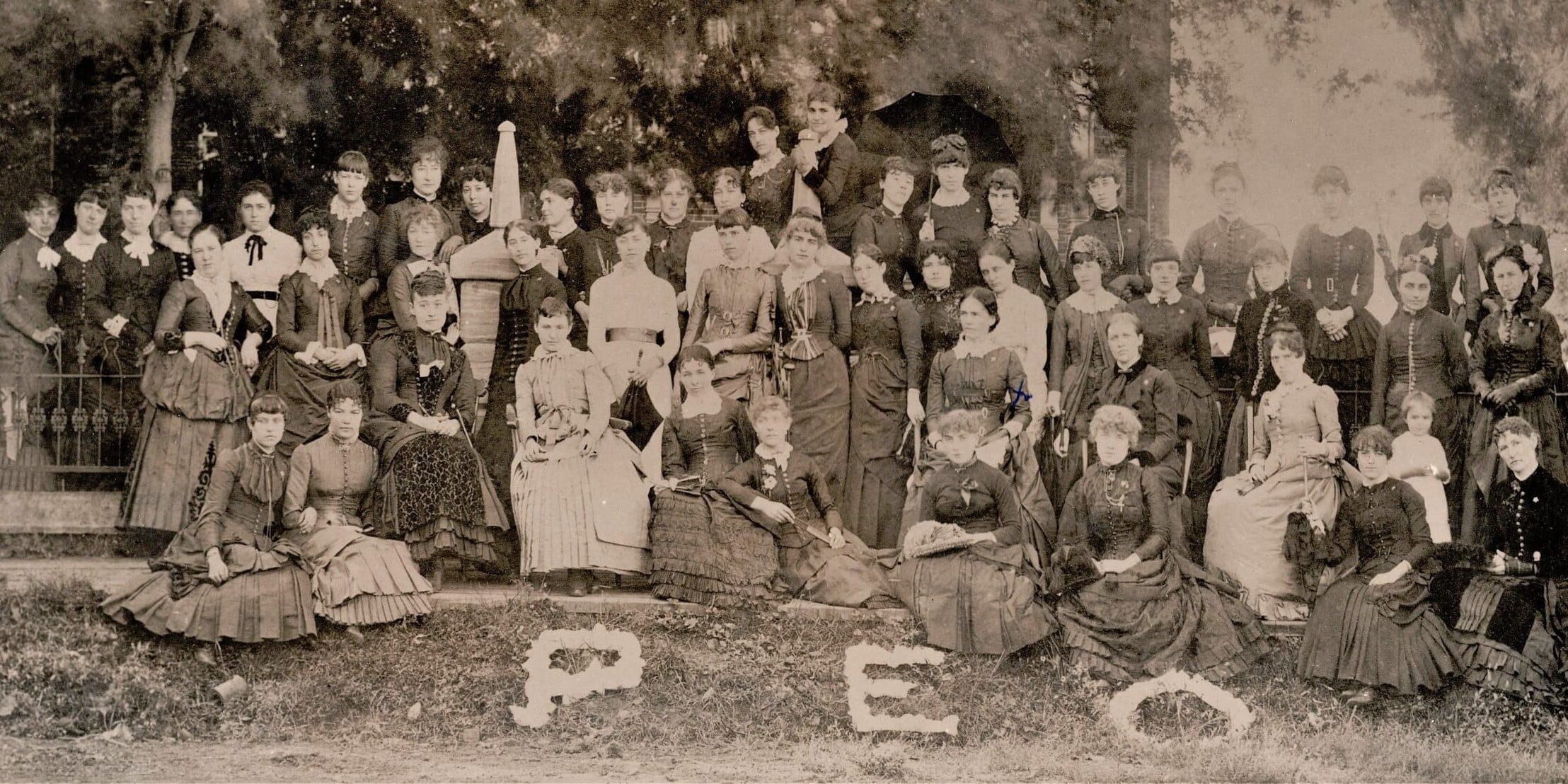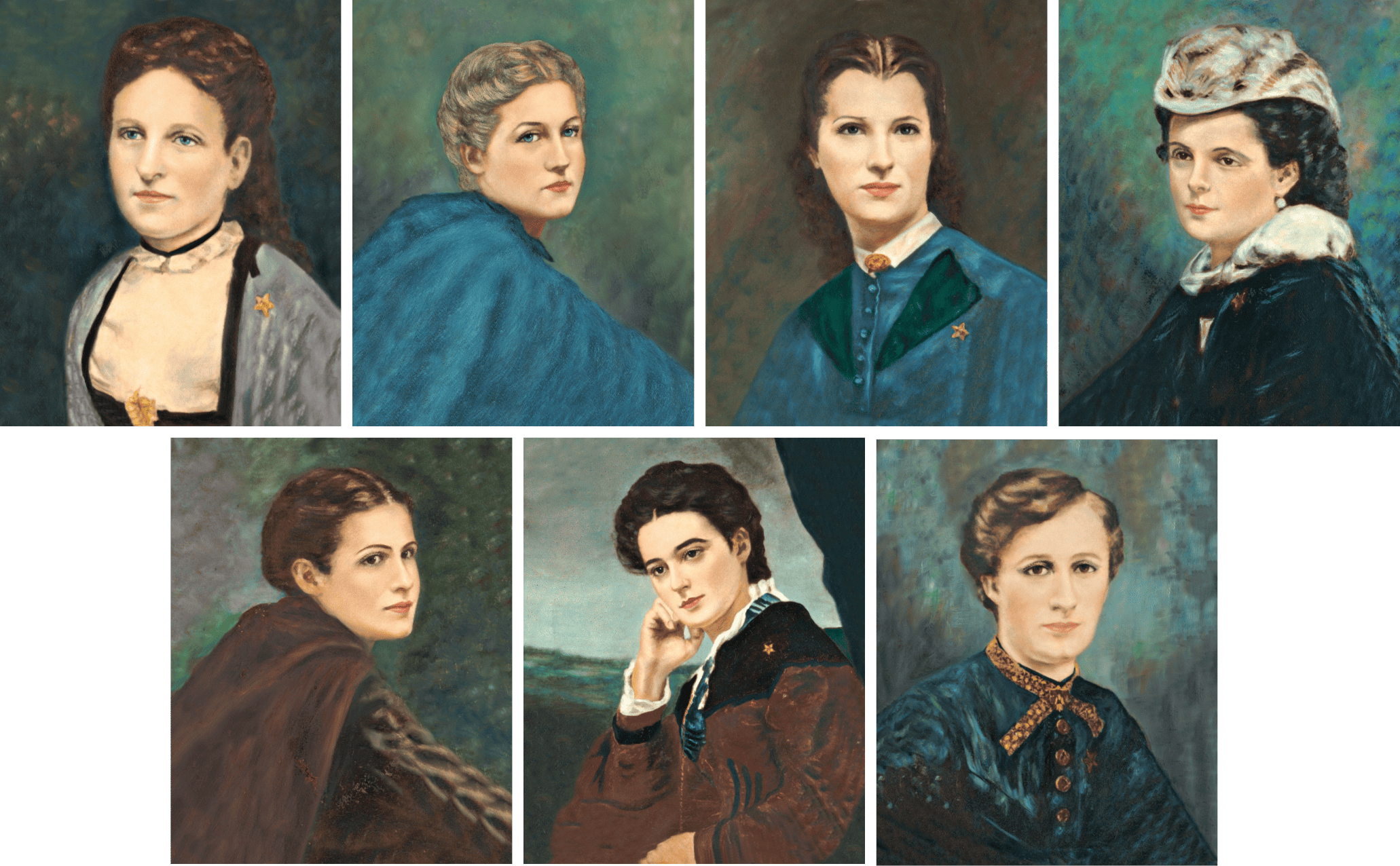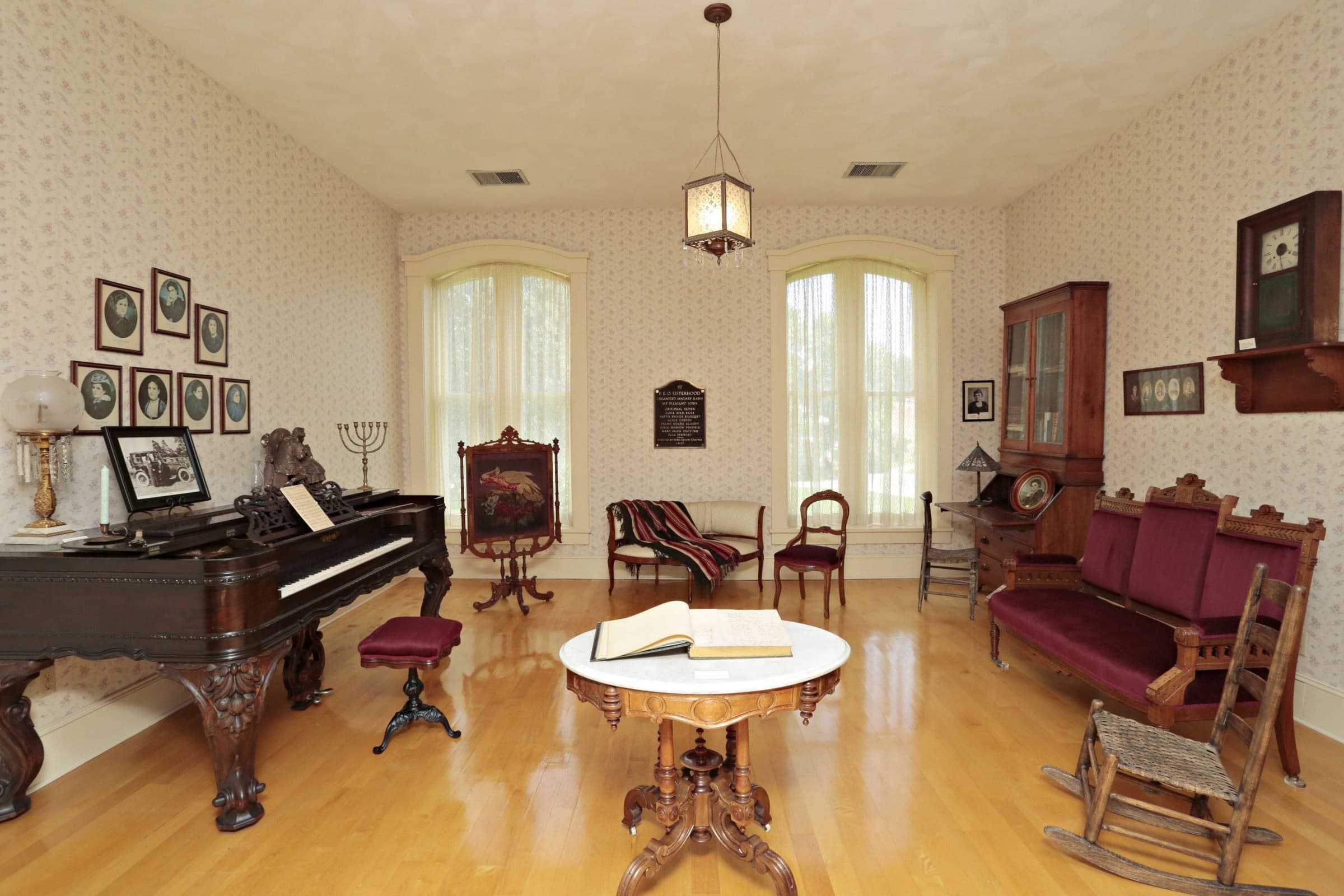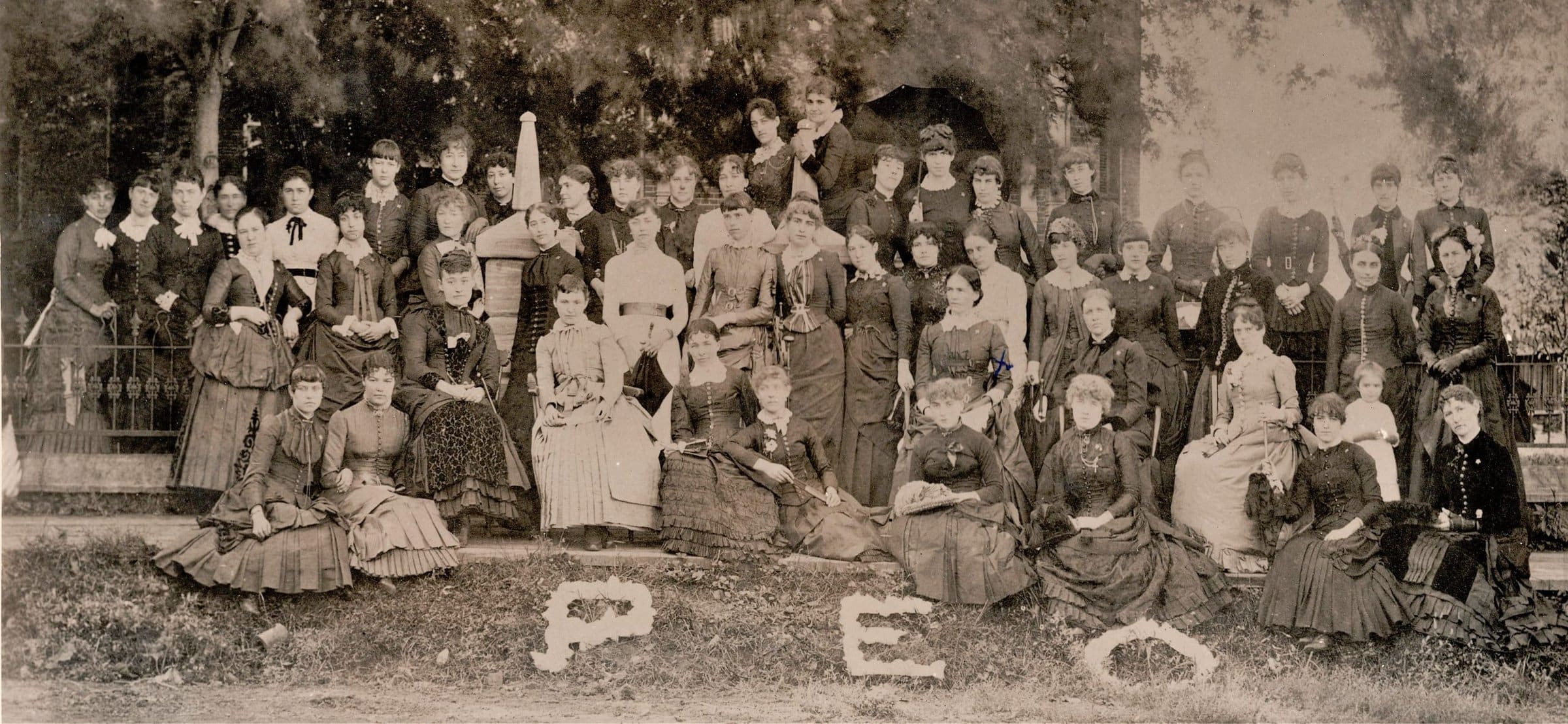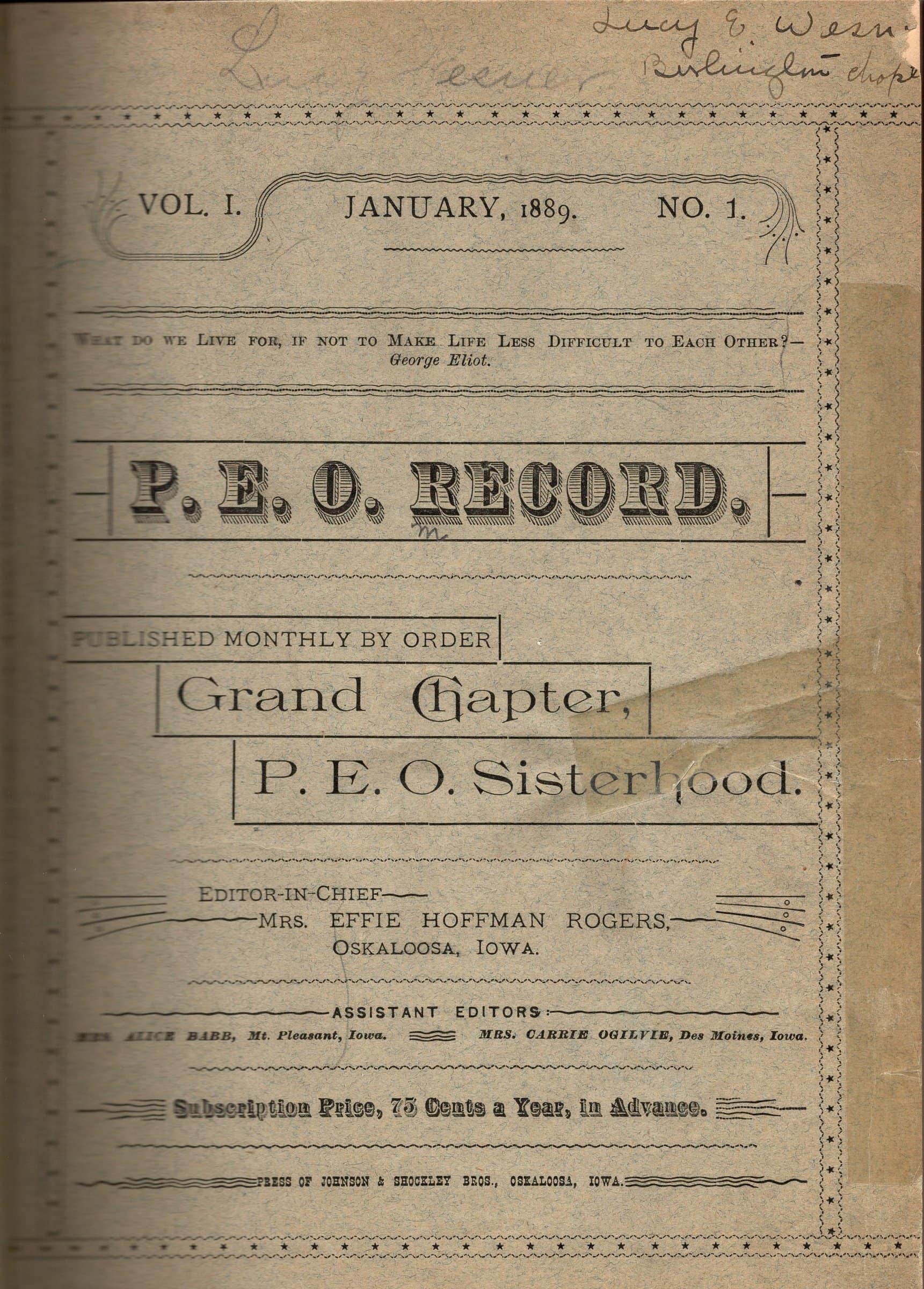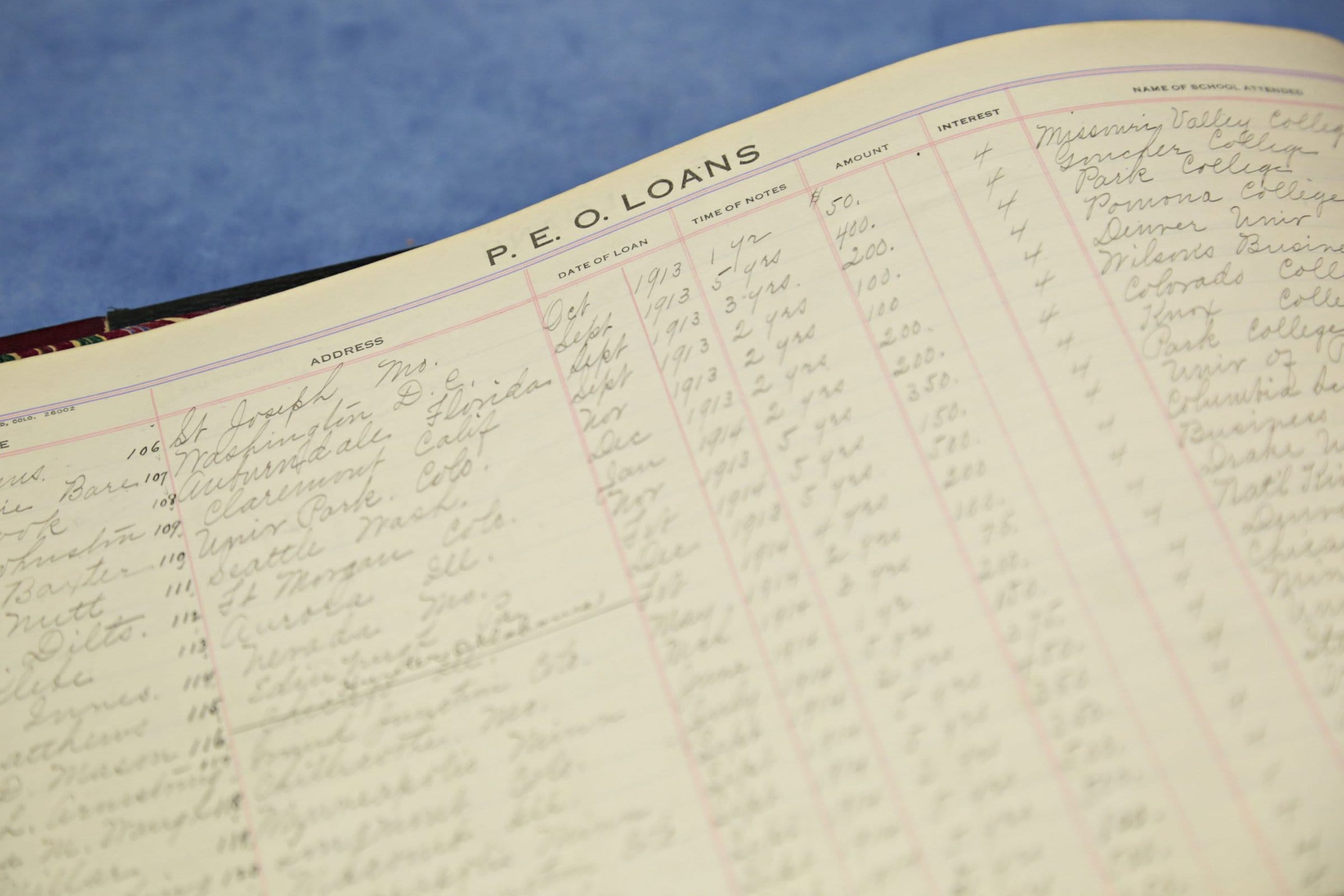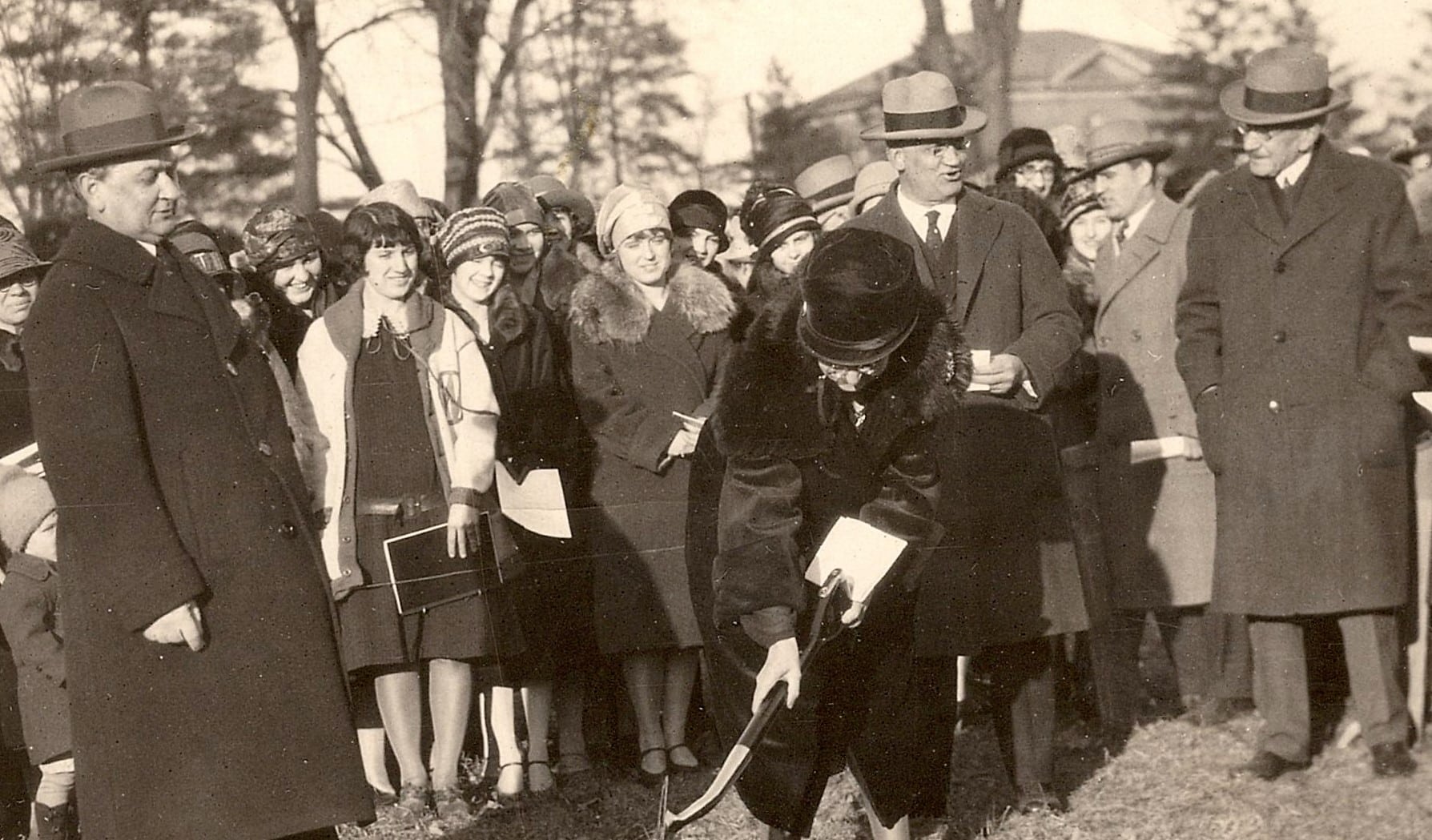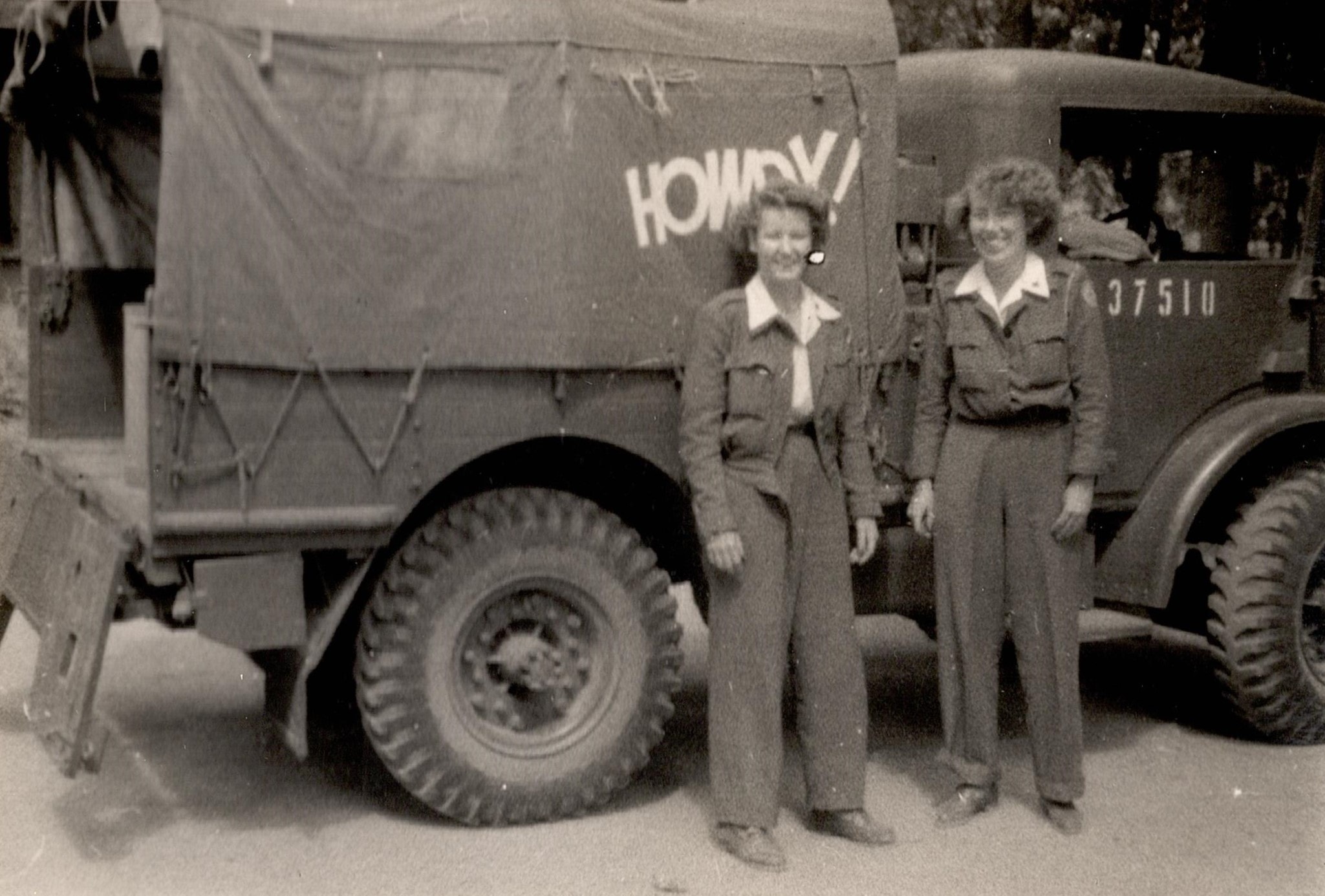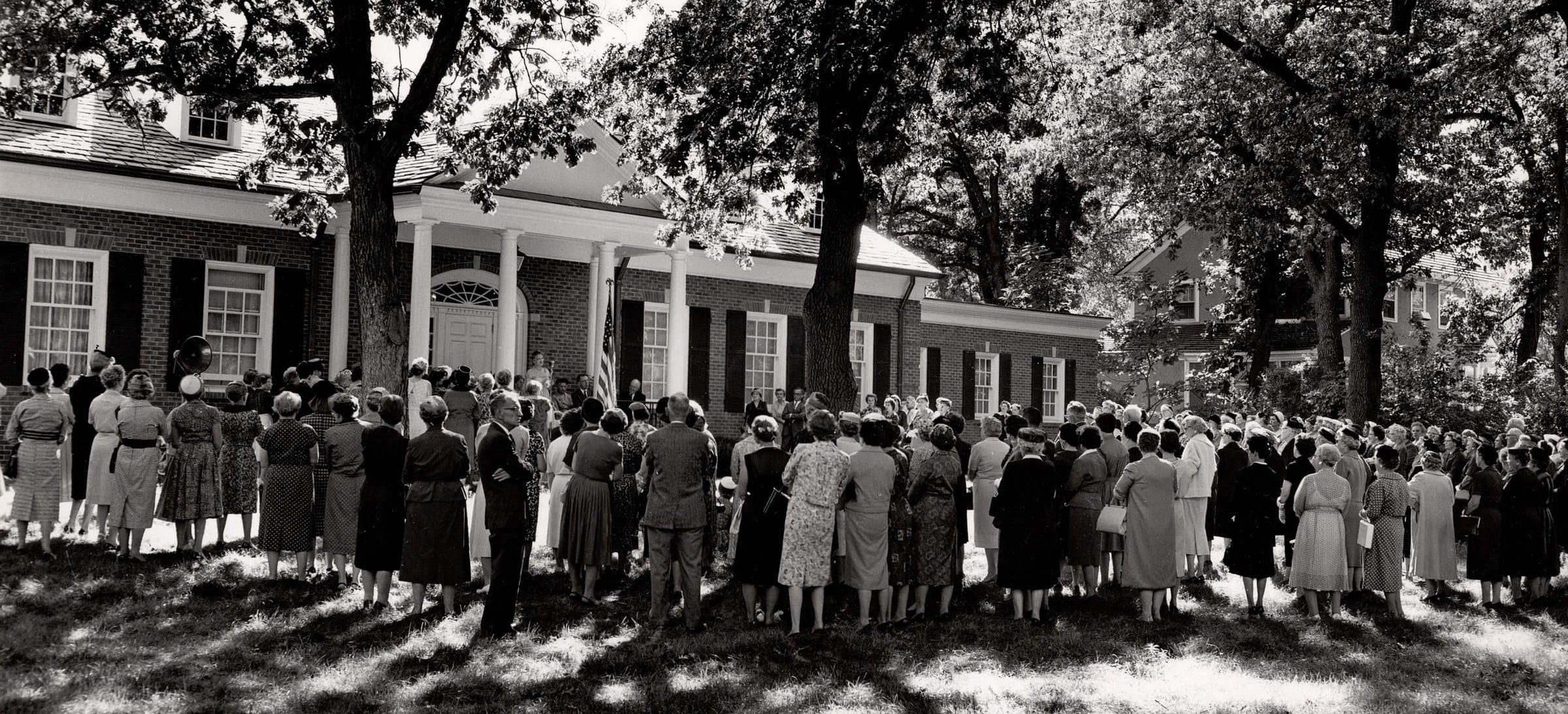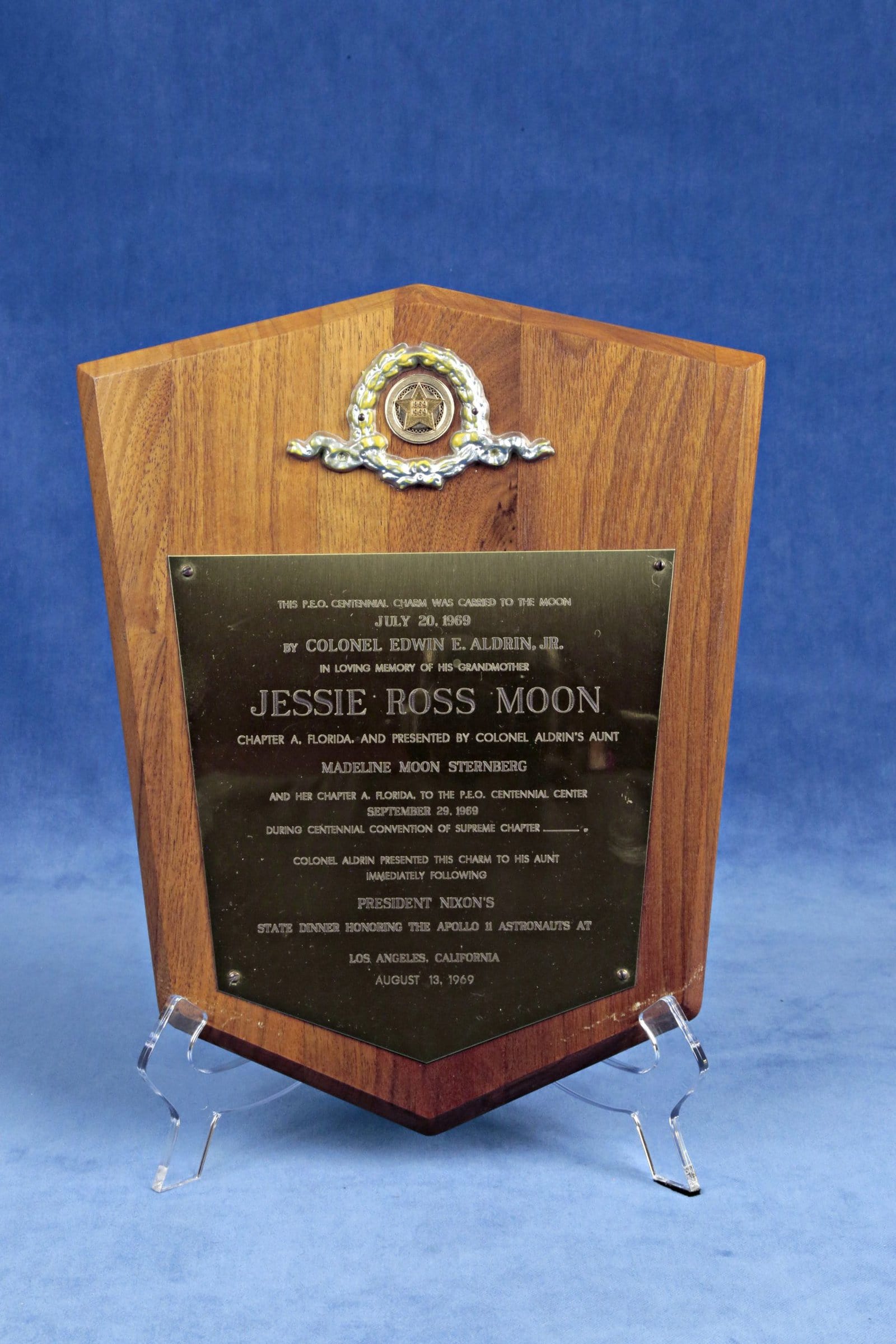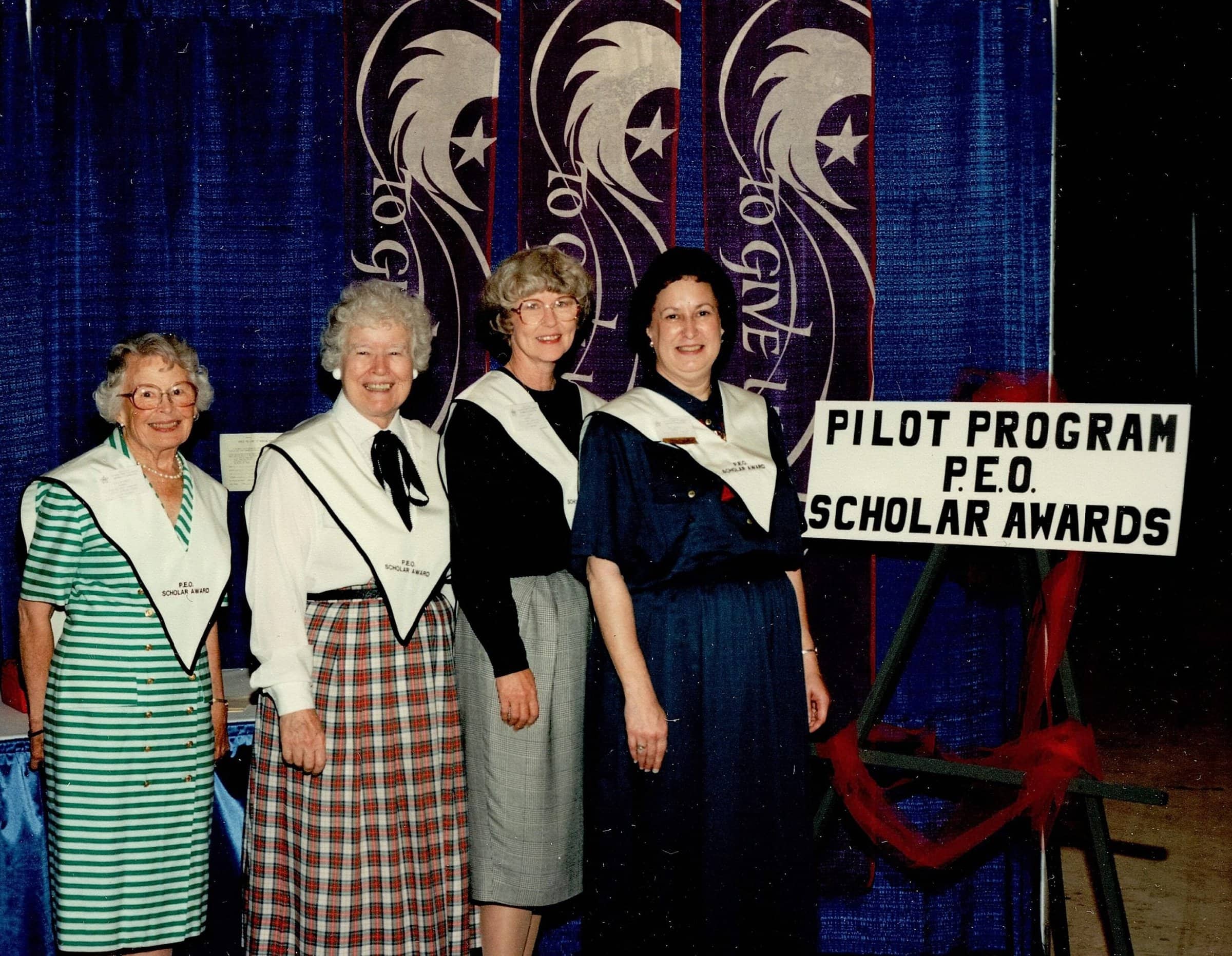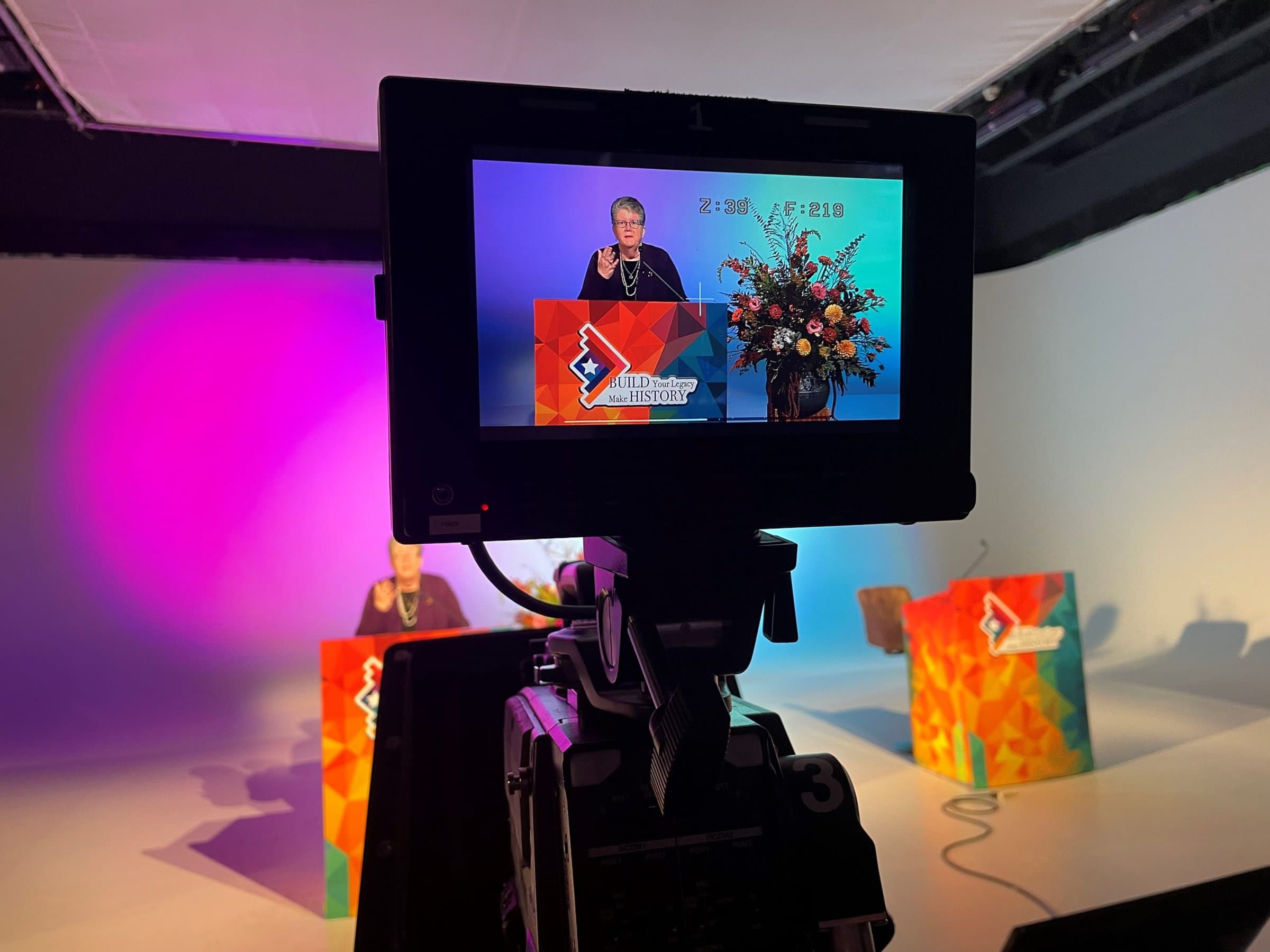Important Moments in the
P.E.O. Sisterhood
January 21, 1869 – P.E.O. is founded by Hattie Briggs, Alice Coffin, Ella Stewart, Suela Pearson, Franc Roads, Alice Bird and Mary Allen. Franc and Hattie were sitting on a wooden stile at the southeast entrance of campus when Hattie suggested they start a society “of our own.” Franc concurred and they found the others.
The seven women gathered in the music room at Main Hall and took a 35-word oath written by Alice Bird.
January 23, 1869 – The first P.E.O. meeting is held at Mary Allen’s home.
1884 – The first Convention of Grand Chapter is held in Centerville, Iowa.
1889 – The first issue of The P.E.O. Record is sent to 400 members in 21 chapters.
1890 – Nebraska is organized as the first state chapter.
1907 – The P.E.O. Educational Loan Fund is established with money left over from P.E.O. Day at the Louisiana Purchase Exposition (St. Louis World’s Fair).
1911 – The first Canadian chapter is organized – Chapter A, Vancouver, British Columbia.
1927 – Mary Allen Stafford attends the groundbreaking of the P.E.O. Memorial Library at Iowa Wesleyan. She is the last living founder.
1927 – P.E.O. accepts the gift of Cottey College from Virginia Alice Cottey.
1942 – The P.E.O. United Victory Fund is established to help with the war effort.
1949 – The International Peace Scholarship Fund is established with money left over from the United Victory Fund. Its stated goal was to promote peace through friendship and understanding among the peoples of the world.
1960 – Construction begins on the P.E.O. Executive Office in Des Moines with plans to move the business of the Sisterhood from Mount Pleasant.
1961 – The P.E.O. Foundation is established.
1969 – Buzz Aldrin carries his aunt’s P.E.O. charm to the moon.
1969 – The P.E.O. Centennial Center in Des Moines is dedicated on the final day of the Centennial Convention.
1973 – The P.E.O. Program for Continuing Education is established. It was described as an opportunity for P.E.O.s to “realize their Objects and Aims through projects and programs designed to equip women to live responsively and responsibly.”
1976 – The first P.E.O. Bed and Breakfast opens in Massachusetts. The program continues today.
1979 – Supreme Chapter is renamed International Chapter of the P.E.O. Sisterhood.
1991 – The P.E.O. Scholar Awards is established as women were increasingly pursuing advanced degrees.
1997 – The first P.E.O. website launches.
2009 – The P.E.O. STAR Scholarship is established in response to a survey indicating the Sisterhood’s desire to help young women graduating high school.
2019 – P.E.O. celebrates 150 years with the largest Convention of International Chapter ever. The convention is held in Des Moines, Iowa, the same location as the 1969 centennial convention.
2020 – The first virtual P.E.O. chapter meetings are held due to the COVID-19 pandemic.
2021 – The first virtual Convention of International Chapter is held.

